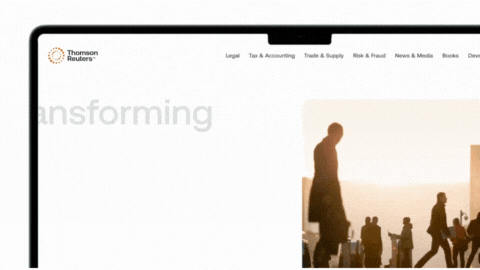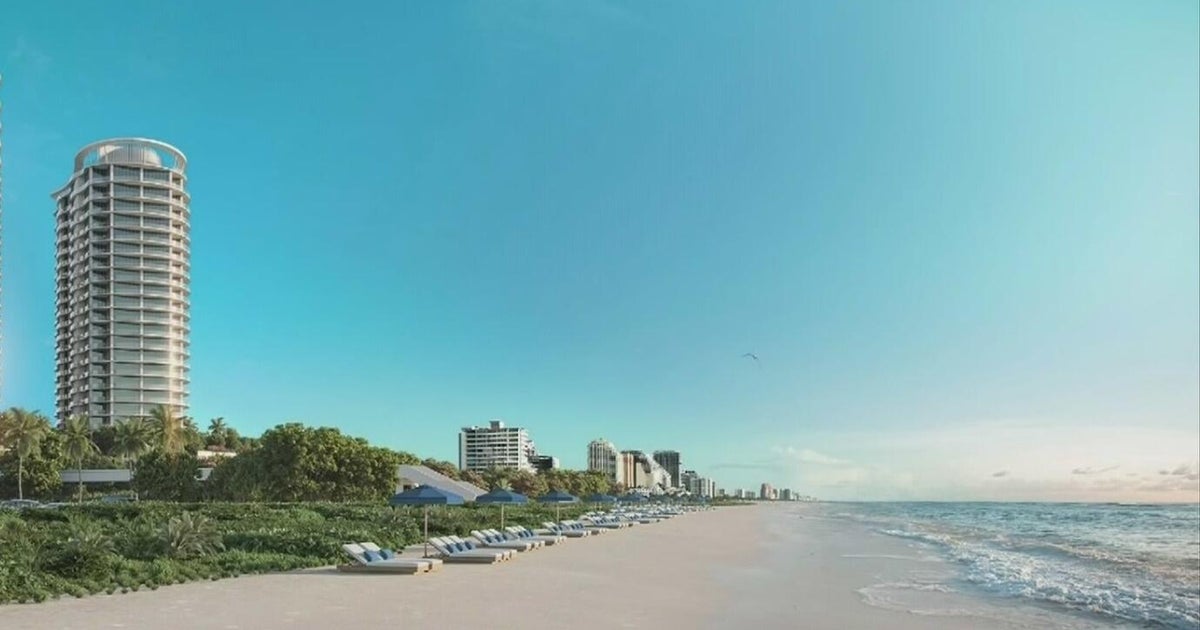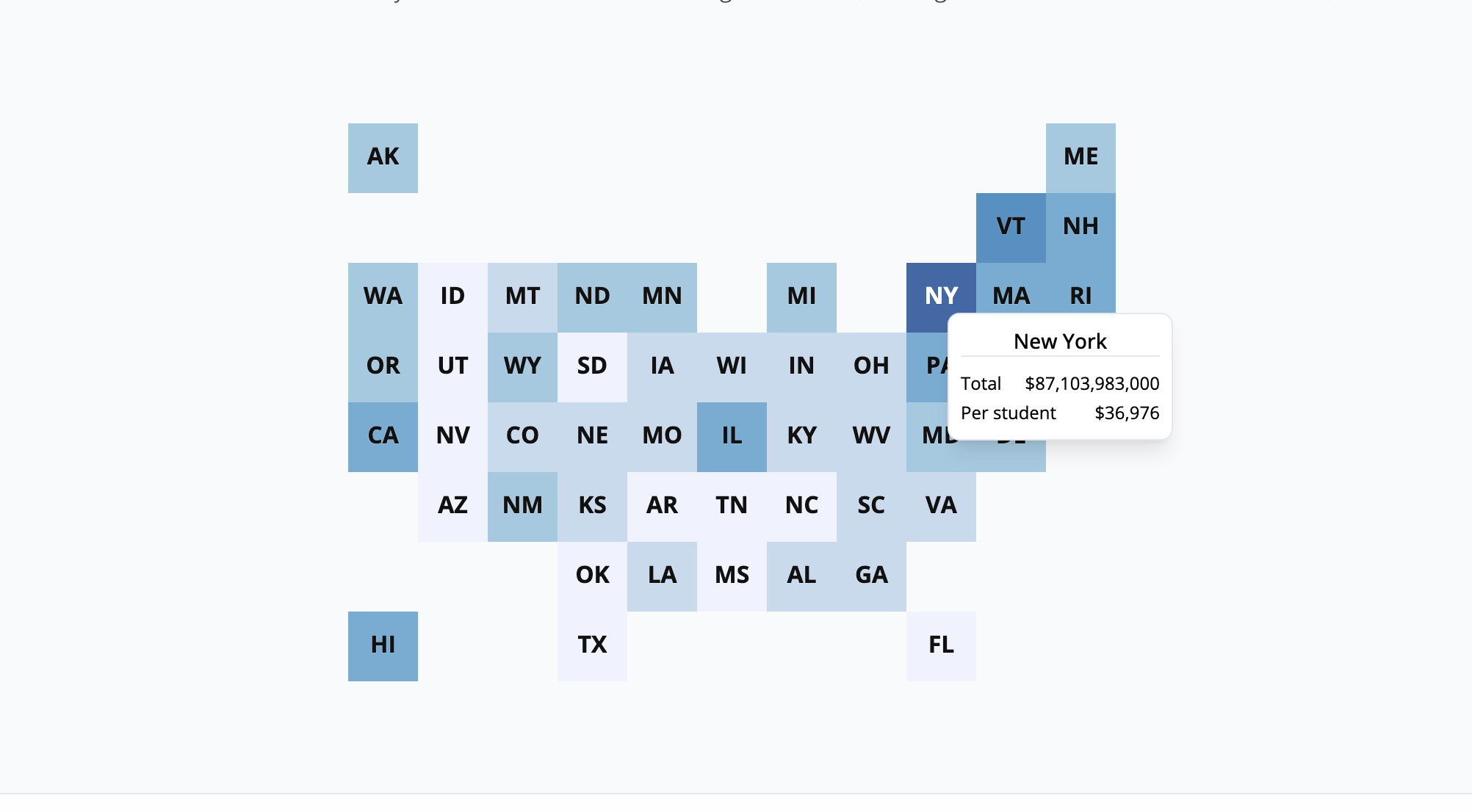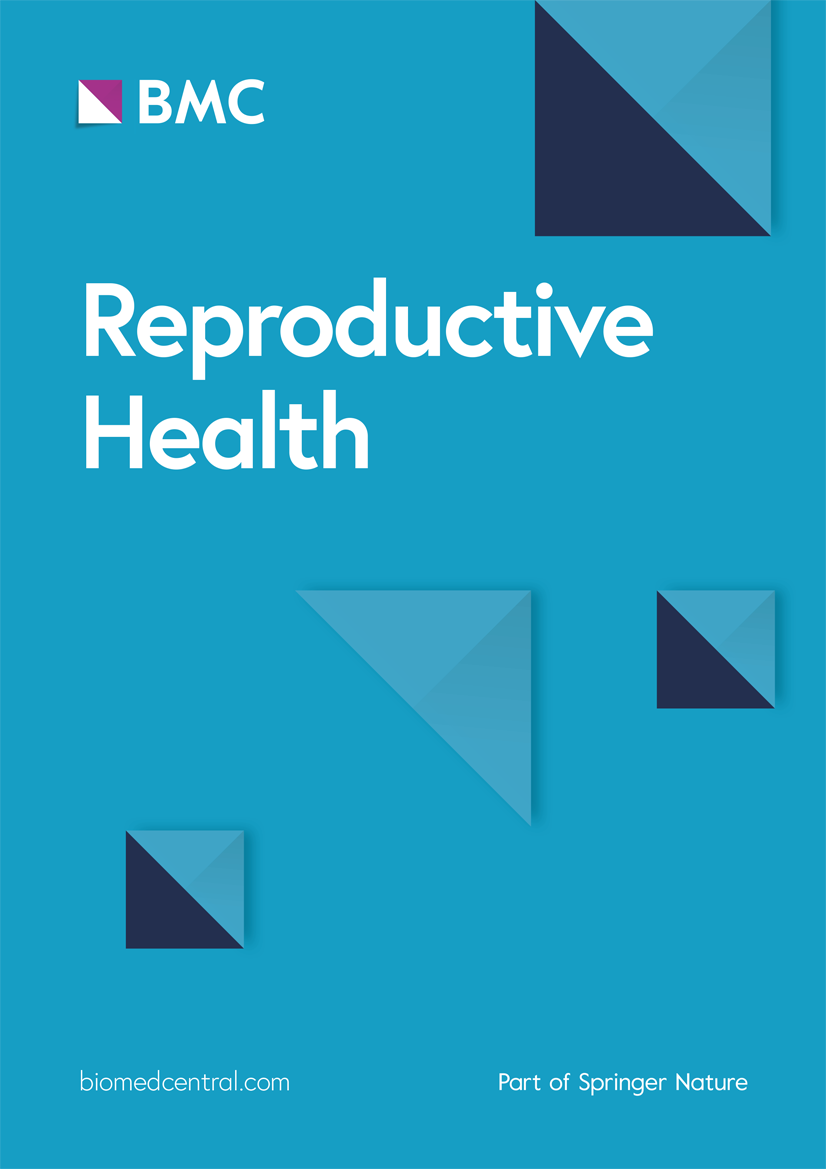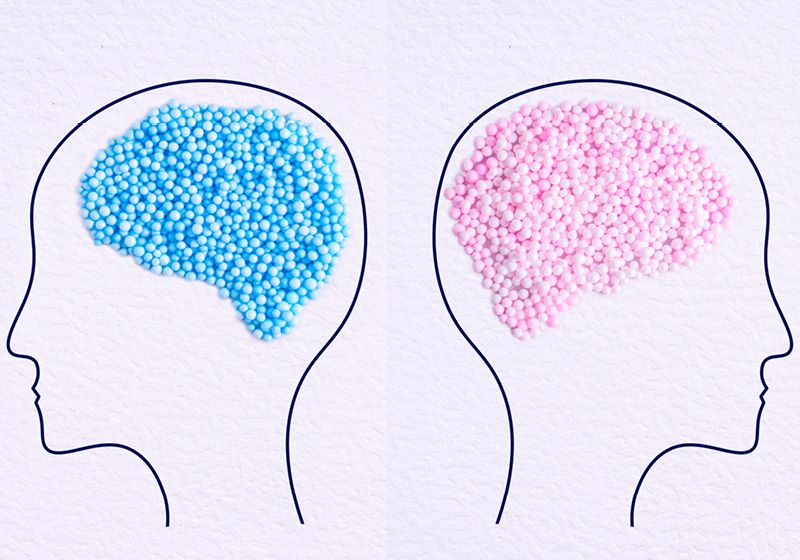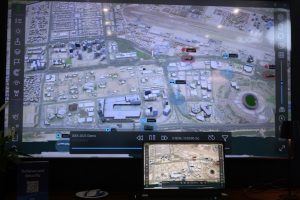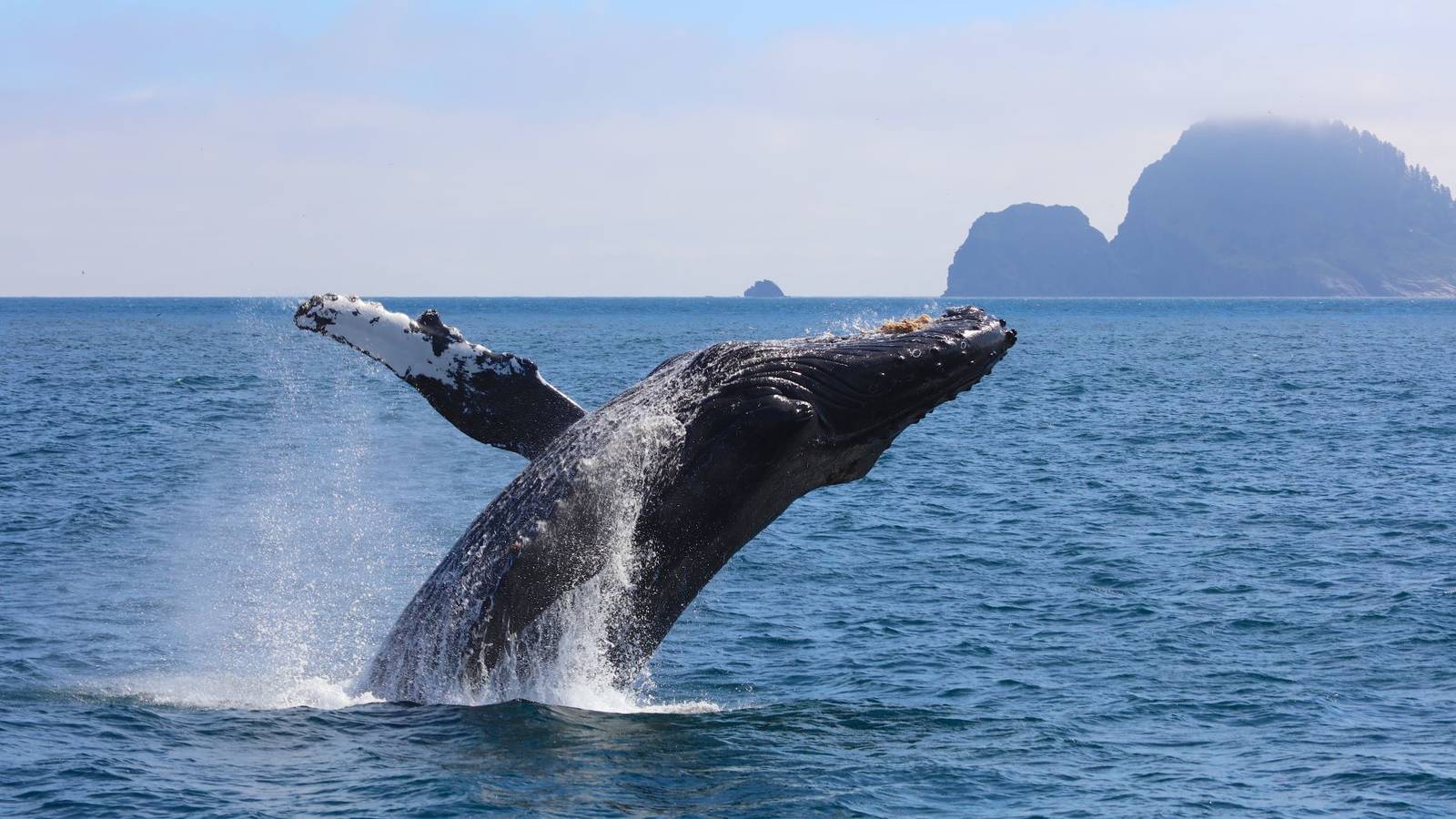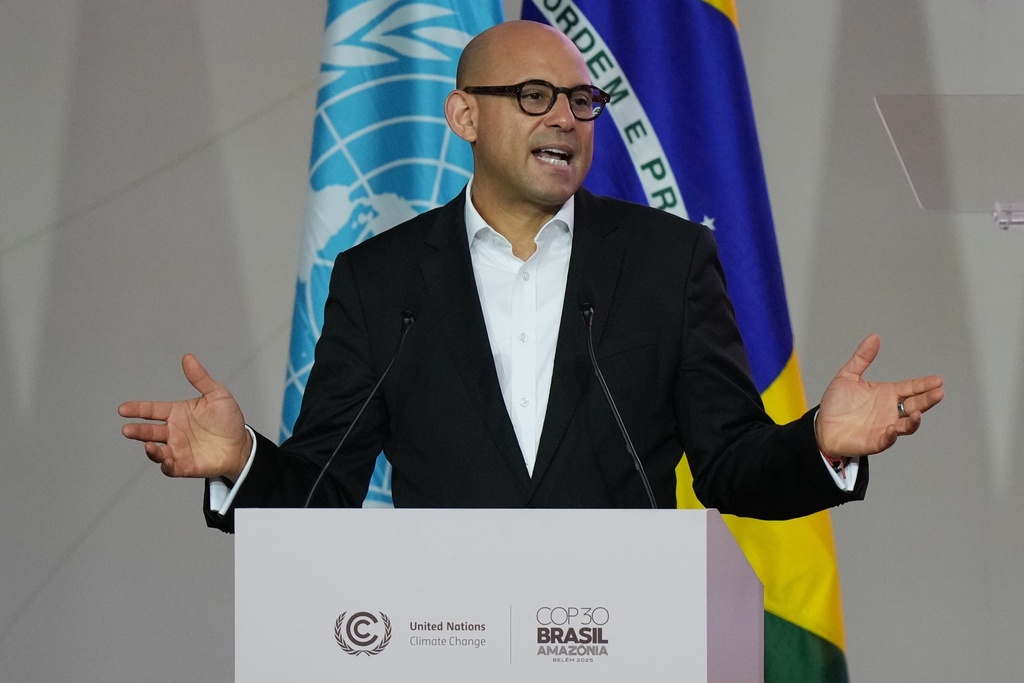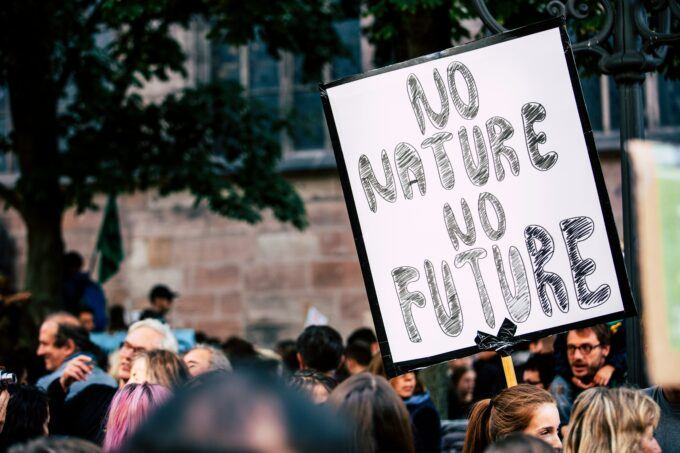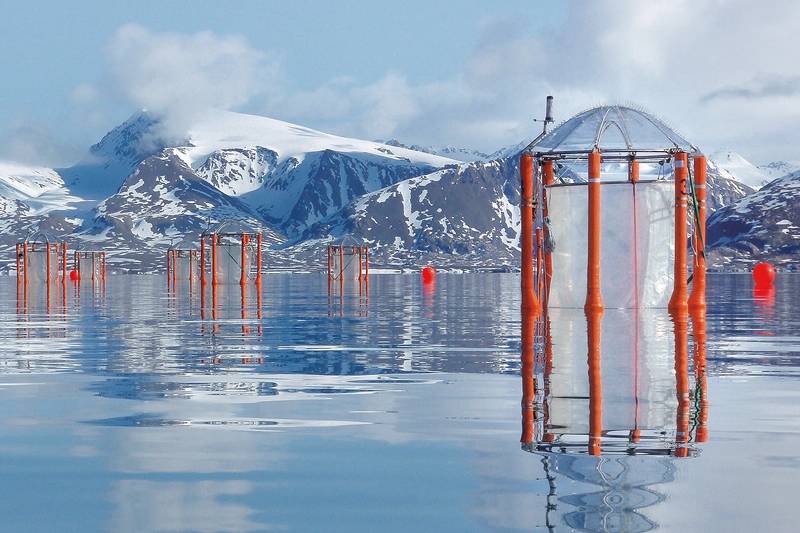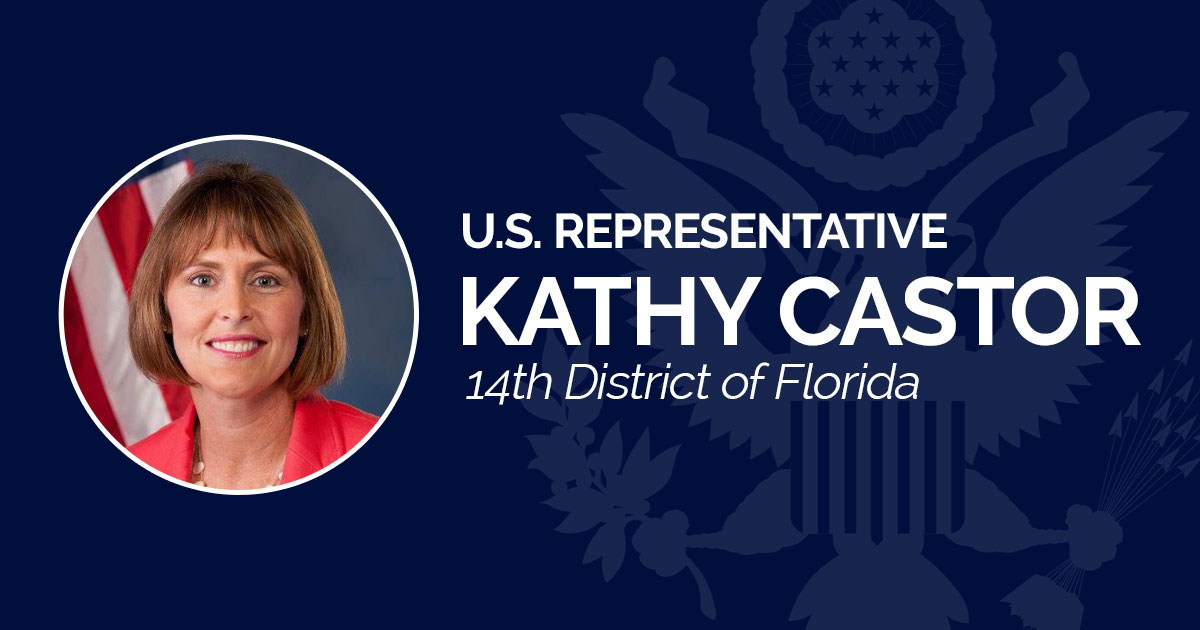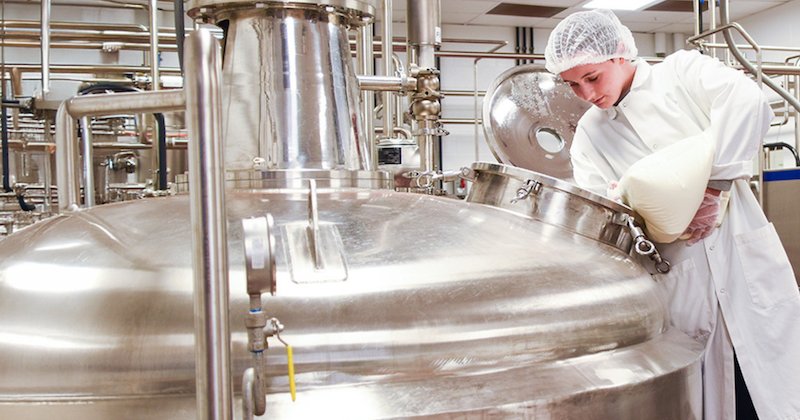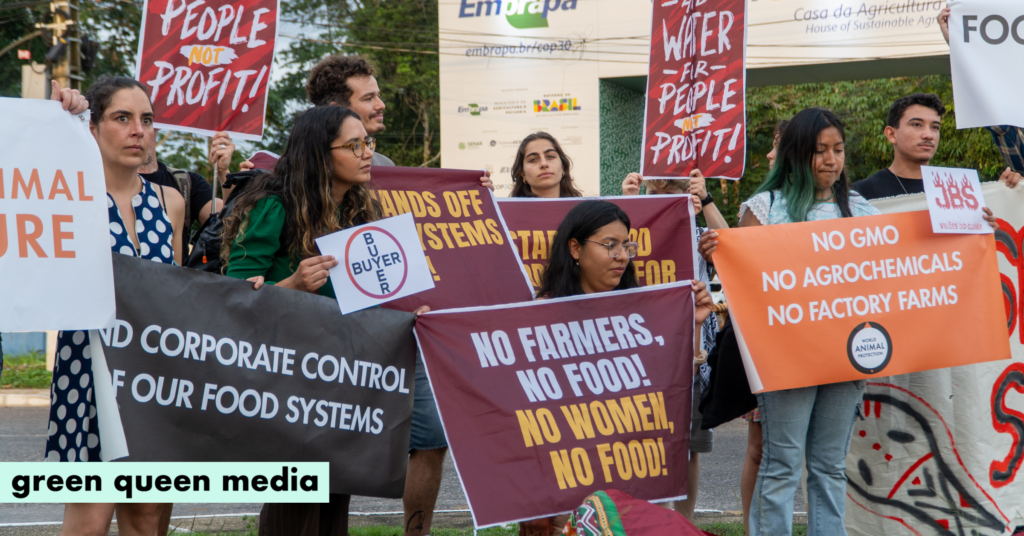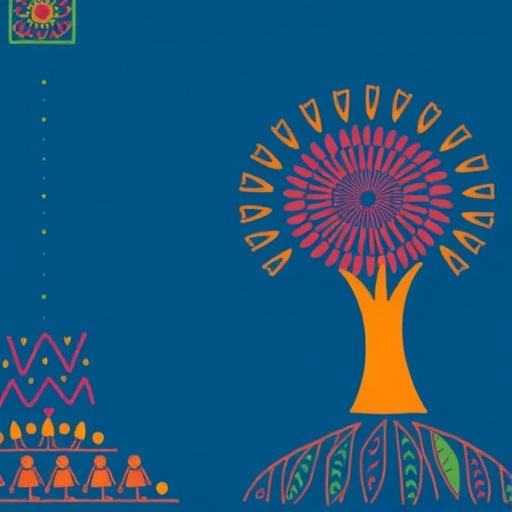Mapping organized criminal economies in East and Southern Africa – Global Initiative against Transnational Organized Crime (GI-TOC)

Organized Crime in East and Southern Africa: A Major Impediment to Sustainable Development
A comprehensive analysis of East and Southern Africa (ESA) reveals its role as a critical hub for transnational organized crime, posing a significant threat to the achievement of the Sustainable Development Goals (SDGs). The region’s strategic geography facilitates the convergence of local and global criminal markets, undermining peace, security, and sustainable development. These illicit activities directly contravene the ambitions of SDG 16 (Peace, Justice and Strong Institutions) by perpetuating illicit financial flows, weakening governance, and fueling instability.
The Scale and Nature of Illicit Economies
The ESA region functions as a source, transit hub, and destination for a diverse range of illicit commodities. The trafficking networks involved are complex, often spanning multiple continents and exploiting vulnerabilities in local and international infrastructure. The impact of these markets is felt across several key areas of sustainable development.
Illicit Commodity Flows and their Impact on SDGs
- Narcotics Trafficking: Heroin originating from Afghanistan is trafficked through the ESA region, creating dual supply lines. High-purity heroin is destined for international markets, generating vast illicit financial flows that undermine SDG 16.4. A second, adulterated supply line fuels local consumption, directly challenging SDG 3 (Good Health and Well-being) by exacerbating substance abuse within regional communities.
- Wildlife and Environmental Crime: The smuggling of rhino horn and ivory from key hubs like Johannesburg, Addis Ababa, Dar es Salaam, and Durban represents a direct assault on the planet’s biodiversity. This illicit trade is a primary driver of poaching and directly obstructs the goals of SDG 15 (Life on Land), particularly Target 15.7, which calls for urgent action to end the trafficking of protected species.
- Illicit Extractive Industries: Gold mined illegally in Zimbabwe and South Africa, or smuggled from the Democratic Republic of Congo (DRC), is laundered through regional and international financial centers like Dubai. This activity not only promotes illicit financial flows (undermining SDG 16) but also fuels conflict and instability, particularly where insurgent groups are involved. Furthermore, it displaces formal economies and erodes opportunities for decent work, hindering progress on SDG 8 (Decent Work and Economic Growth).
- Human Trafficking and Smuggling: The region is a key geography for human trafficking and smuggling, a market that represents a grave violation of human rights. This illicit trade directly opposes SDG 8.7 (ending modern slavery and human trafficking) and SDG 16.2 (ending abuse, exploitation, and trafficking).
Enabling Factors and Systemic Challenges to SDG 16
The geography of organized crime in the region is shaped by a convergence of factors, including weak governance, the presence of international criminal actors, and socio-economic vulnerabilities. These elements create an environment where illicit economies can thrive, fundamentally challenging the establishment of peaceful, just, and inclusive societies as envisioned by SDG 16.
Convergence of Local and International Criminal Networks
- International syndicates from China, Pakistan, Iran, Nigeria, and the DRC are deeply embedded in the region’s illicit economies, collaborating with local actors in drug, wildlife, and financial crime.
- This transnational collaboration complicates enforcement efforts and underscores the critical need for robust international cooperation, as called for by SDG 17 (Partnerships for the Goals), to effectively dismantle these networks.
Geographical and Governance Deficits
- Criminal actors exploit ancient trade routes, porous borders, and bustling commercial hubs to conceal illicit flows.
- The absence of effective state presence in many urban slums, remote towns, and rural communities creates a governance vacuum. This void is rapidly filled by criminal groups and parallel illicit economies, which offer a perverse form of stability and income, thereby undermining state legitimacy and progress towards SDG 1, SDG 10, and SDG 16.
Institutional Capacity and Enforcement Gaps
A critical challenge in combating organized crime is the significant gap between the scale of illicit trade and the capacity of state institutions to respond. Key transit points for legitimate commerce are also primary vulnerabilities for illicit trafficking, with enforcement capabilities often overwhelmed.
Case Studies in Infrastructure Vulnerabilities
- Bole International Airport, Ethiopia: As a major hub handling over 24 million passengers and 226,000 tonnes of cargo annually, the airport’s lack of sufficient screening equipment, staff, and sniffer dogs creates a significant vulnerability. This institutional weakness facilitates the smuggling of extractives, wildlife products, and drugs, directly impeding the fulfillment of SDG 16.
- Port of Durban, South Africa: The port handles approximately 2.9 million container units per year, yet only a small fraction can be physically scanned or searched. This systemic inefficiency, coupled with corruption, makes it a notorious hub for drug trafficking and other illicit trade, undermining both regional security (SDG 16) and public health (SDG 3).
Conclusion: An Integrated Approach for Sustainable Development
The illicit markets operating within and through East and Southern Africa are not isolated phenomena but interconnected systems that pose a holistic threat to the 2030 Agenda. Addressing these criminal economies requires a multi-faceted strategy that moves beyond siloed enforcement actions. To make meaningful progress, efforts must integrate the core principles of the SDGs, focusing on strengthening governance and justice systems (SDG 16), promoting public health (SDG 3), protecting ecosystems (SDG 15), fostering inclusive economic growth (SDG 8), and enhancing international partnerships (SDG 17) to combat the transnational nature of these threats.
SDGs Addressed in the Article
- SDG 16: Peace, Justice and Strong Institutions – The article’s core focus is on organized crime, illicit trafficking (drugs, wildlife, gold, people), corruption, and the failure of state institutions to control these activities, which are central themes of SDG 16.
- SDG 15: Life on Land – The text explicitly details the trafficking of wildlife products, including rhino horn and ivory, which directly relates to the protection of biodiversity and ending poaching.
- SDG 8: Decent Work and Economic Growth – The article mentions human trafficking and the existence of vast illicit economies that undermine formal economic growth and involve severe labor exploitation.
- SDG 3: Good Health and Well-being – The trafficking and local consumption of drugs like heroin are discussed, highlighting a direct impact on public health and substance abuse.
- SDG 12: Responsible Consumption and Production – The mention of illegal gold mining points to the unsustainable extraction and trade of natural resources.
Specific SDG Targets Identified
-
SDG 16: Peace, Justice and Strong Institutions
- Target 16.4: “By 2030, significantly reduce illicit financial and arms flows, strengthen the recovery and return of stolen assets and combat all forms of organized crime.” The entire article is an exposition on organized crime and the illicit flows of drugs, wildlife products, gold, and people through East and Southern Africa.
- Target 16.5: “Substantially reduce corruption and bribery in all their forms.” The article explicitly mentions the South African port of Durban as being “notorious for its inefficiency, corruption and drug trafficking.”
- Target 16.a: “Strengthen relevant national institutions… to combat… crime.” The article highlights institutional weakness, stating that Bole International Airport “lacks sufficient screening equipment, staff and sniffer dogs” and that only a “fraction” of containers at the port of Durban can be searched.
-
SDG 15: Life on Land
- Target 15.7: “Take urgent action to end poaching and trafficking of protected species of flora and fauna and address both demand and supply of illegal wildlife products.” The article provides specific examples, such as “Rhino horn is smuggled by air from Johannesburg and Addis Ababa” and “Ivory departs in shipping containers from ports in Dar es Salaam, Nampula and Durban.”
-
SDG 8: Decent Work and Economic Growth
- Target 8.7: “Take immediate and effective measures to eradicate forced labour, end modern slavery and human trafficking…” The article identifies “human trafficking and smuggling” as one of the four key illicit markets in the region.
-
SDG 3: Good Health and Well-being
- Target 3.5: “Strengthen the prevention and treatment of substance abuse, including narcotic drug abuse…” The article notes that heroin trafficked into the region is “significantly adulterated and consumed in towns and villages across ESA,” indicating a local drug abuse problem.
-
SDG 12: Responsible Consumption and Production
- Target 12.2: “By 2030, achieve the sustainable management and efficient use of natural resources.” The article describes how “Gold mined illegally in Zimbabwe’s mineral-rich Kwekwe gold fields and deep shaft mines” is smuggled and laundered, representing an unsustainable and illicit use of natural resources.
Indicators for Measuring Progress
-
For Target 16.4 (Reduce illicit flows and organized crime)
- Implied Indicator: Volume and value of seized illicit goods. The article provides qualitative descriptions of large-scale smuggling, such as gold being smuggled “by the tonne” and heroin being shipped across the Indian Ocean, suggesting that seizures would be a key metric of enforcement success.
-
For Target 15.7 (End wildlife trafficking)
- Implied Indicator: Volume of trafficked wildlife products intercepted. The article’s mention of “shipping containers” of ivory and specific smuggling routes for rhino horn implies that progress could be measured by the quantity of these products seized by law enforcement.
-
For Target 16.a (Strengthen institutions)
- Mentioned Indicator: Capacity of border control points. The article directly points to measurable gaps, such as the lack of “sufficient screening equipment, staff and sniffer dogs” at airports and the low percentage of containers that “can feasibly be scanned or searched” at seaports. Progress could be measured by increases in screening capacity and resources.
-
For Target 8.7 (End human trafficking)
- Implied Indicator: Number of dismantled human trafficking networks or identified cases. The article identifies “human trafficking and smuggling” as a key criminal market, implying that tracking the number of cases or disrupted criminal operations would be a measure of progress.
-
For Target 3.5 (Address substance abuse)
- Implied Indicator: Prevalence of drug consumption in affected areas. The statement that heroin is “consumed in towns and villages across ESA” points to local drug use as a problem. A relevant indicator would be data on the prevalence of substance abuse in these communities.
Summary of Findings
| SDGs | Targets | Indicators (Mentioned or Implied in the Article) |
|---|---|---|
| SDG 16: Peace, Justice and Strong Institutions | 16.4: Reduce illicit financial flows and combat all forms of organized crime. 16.5: Substantially reduce corruption and bribery. 16.a: Strengthen relevant national institutions to combat crime. |
Volume of illicit goods seized (e.g., gold “by the tonne”). Incidence of corruption at key infrastructure like the port of Durban. Percentage of cargo/passengers screened; availability of screening equipment, staff, and sniffer dogs at ports and airports. |
| SDG 15: Life on Land | 15.7: Take urgent action to end poaching and trafficking of protected species. | Volume of seized wildlife products (e.g., rhino horn, “shipping containers” of ivory). |
| SDG 8: Decent Work and Economic Growth | 8.7: End modern slavery and human trafficking. | Number of identified “human trafficking and smuggling” cases or networks dismantled. |
| SDG 3: Good Health and Well-being | 3.5: Strengthen the prevention and treatment of substance abuse. | Prevalence of heroin consumption “in towns and villages across ESA.” |
| SDG 12: Responsible Consumption and Production | 12.2: Achieve the sustainable management and efficient use of natural resources. | Estimated volume of “illegally” mined and smuggled gold. |
Source: globalinitiative.net

What is Your Reaction?
 Like
0
Like
0
 Dislike
0
Dislike
0
 Love
0
Love
0
 Funny
0
Funny
0
 Angry
0
Angry
0
 Sad
0
Sad
0
 Wow
0
Wow
0

